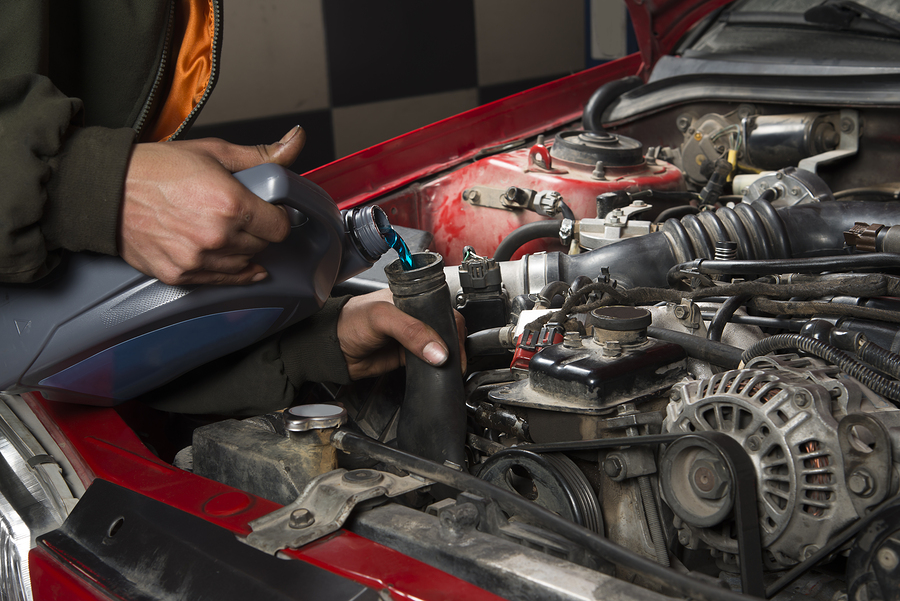radiator
|
We provide top-notch radiator repair and service at Elkhart Mechanics in Elkhart, Indiana. Our expert mechanics have the knowledge and skill to diagnose any problem with your car’s radiator and find the best solution. Whether you need a simple flush of the cooling system or a complete repair job, we will get you back on the road safely in no time.
Radiator Flush Services Near Me: If you are looking for radiator flush services near you, Elkhart Mechanics is here to help. Our skilled technicians will examine your vehicle’s cooling system and determine whether a flush is necessary. If needed, they will flush out all the old coolant from your radiator and replace it with fresh coolant. This will help keep your engine running efficiently and safely. Radiator Flush Service Cost: At Elkhart Mechanics, we strive to provide quality service at a reasonable cost. We understand that car repairs can be costly, so we work hard to ensure our customers get the most for their money. Regarding radiator flush services, you can expect competitive pricing from us. Cheap Radiator Repair in Elkhart, IN: If you’re looking for cheap radiator repair in Elkhart, IN, look no further than Elkhart Mechanics. Our mechanics are highly experienced and knowledgeable regarding radiator repairs and services. We have the tools and parts needed to get your car running smoothly again in no time. Coolant Service in Elkhart, Indiana: At Elkhart Mechanics, we offer a full range of coolant services for your vehicle. Our technicians can flush out all the old coolant, replace it with fresh coolant, and check for any leaks or other problems in the cooling system. This will help keep your engine running efficiently and safely on the road. Cheap Radiator Flush in Elkhart: If you’re looking for a cheap radiator flush in Elkhart, look no further than Elkhart Mechanics. Our experienced mechanics will efficiently color your radiator and replace any old coolant with fresh, high-quality coolant. This will help keep your car running smoothly and safely. Is Radiator Service Necessary: Radiator service is necessary to keep your vehicle safe and running efficiently. Regular radiator flushes can help prevent engine damage and costly repairs. At Elkhart Mechanics, our experienced mechanics will check for any leaks or other problems in the cooling system before performing a flush, ensuring that everything runs smoothly afterward. Aluminum Radiator Repair Shops Near Me: If you’re looking for aluminum radiator repair shops near you, look no further than Elkhart Mechanics in Elkhart, Indiana. Our mechanics are highly experienced and knowledgeable regarding radiator repairs and services. We have the tools and parts needed to get your car running smoothly again in no time. At Elkhart Mechanics, we strive to provide quality service for all your radiator repair needs at a reasonable cost. Whether you need a simple flush of the cooling system or a complete repair job, our expert mechanics will ensure everything is handled quickly and efficiently. Contact us today to schedule an appointment! Thank you for choosing Elkhart Mechanics. We look forward to serving you! |
|

